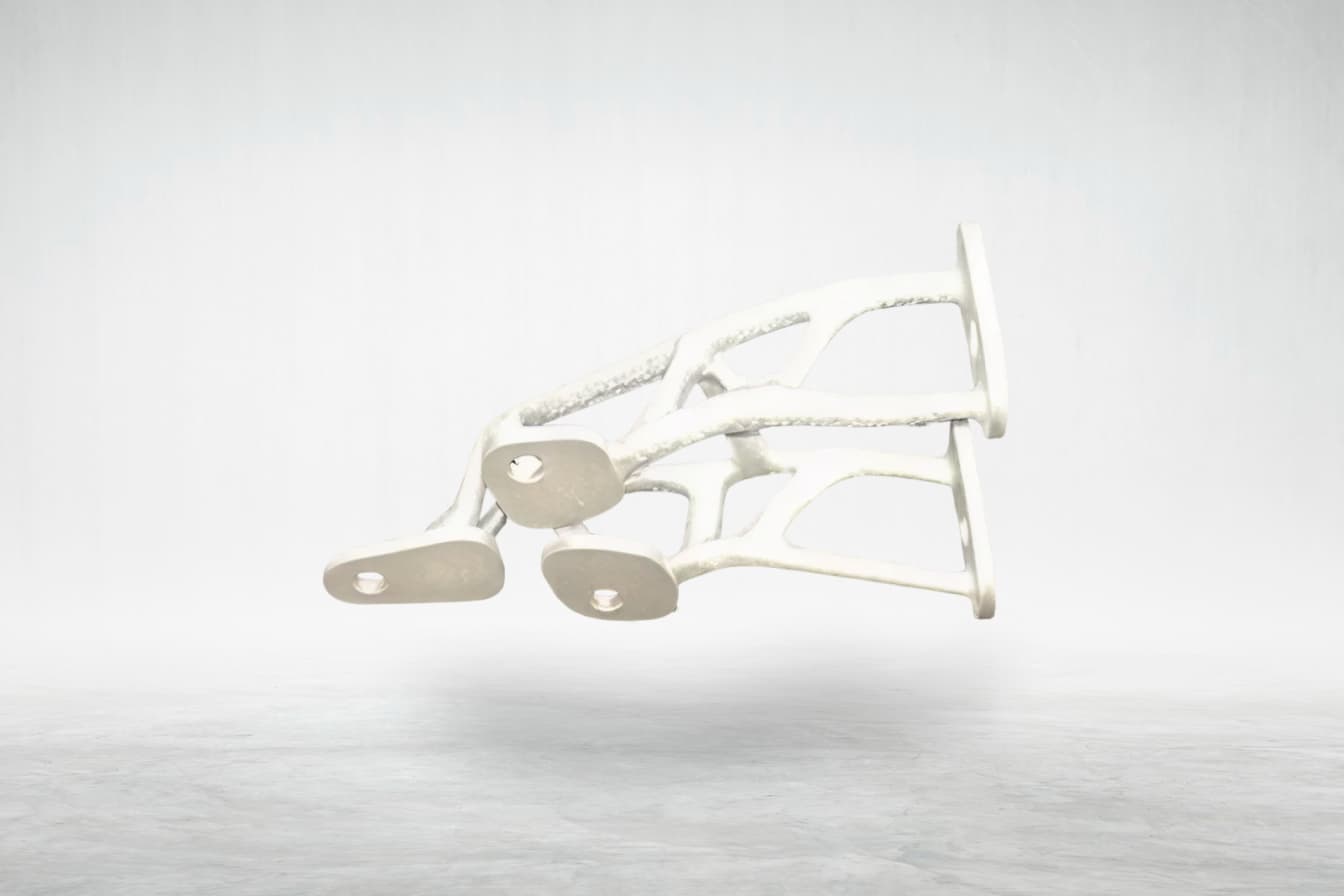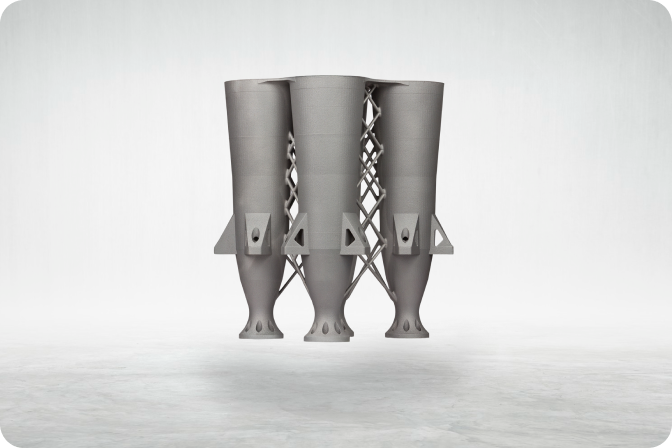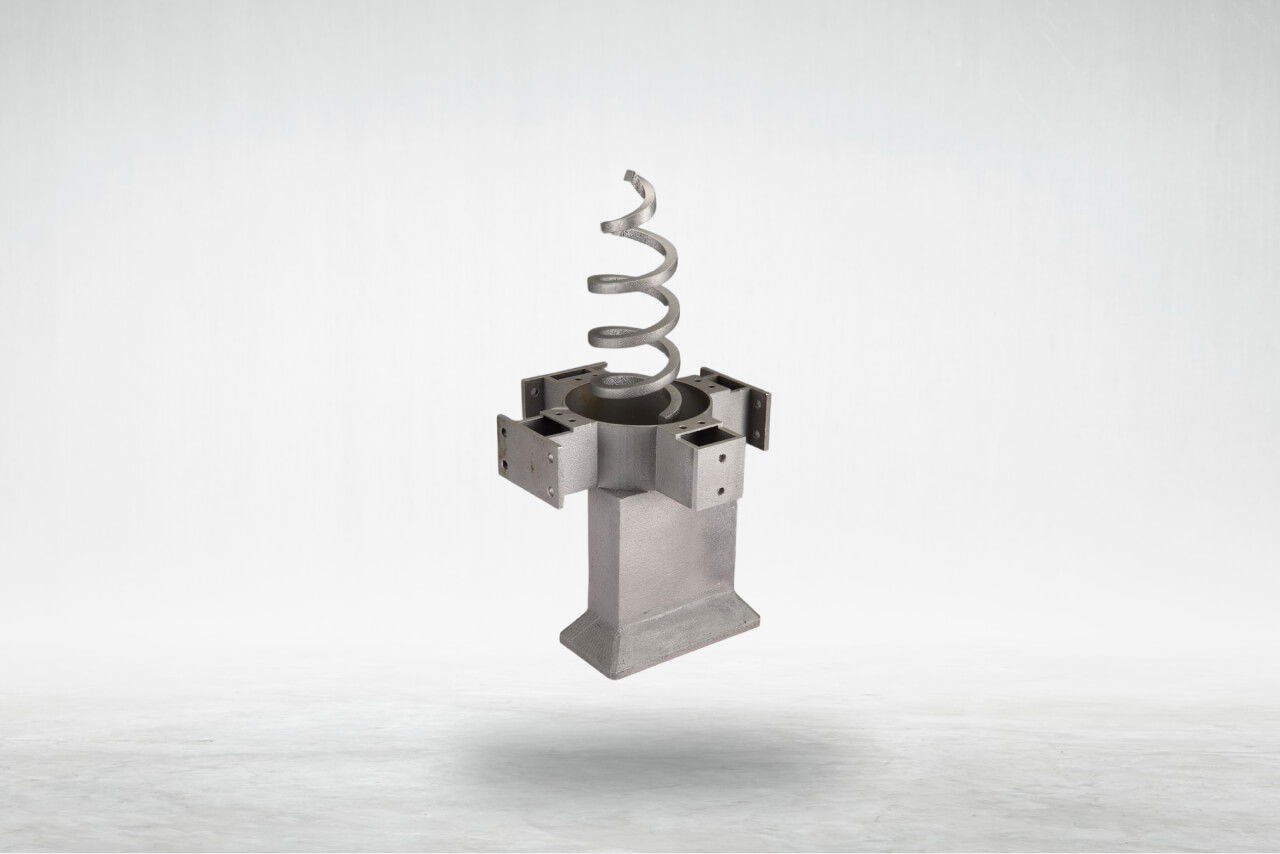Closed Impeller
The component is a closed impeller that is being developed for a semi-cryogenic engine. The semi-cryogenic engine being developed by a customer for a strategic initiative. The component is part of the fuel delivery system. Manufactured conventionally through casting route, the component poses an interesting co challenge to AM, given extensive overhand of the shroud and exacting surface quality requirements.
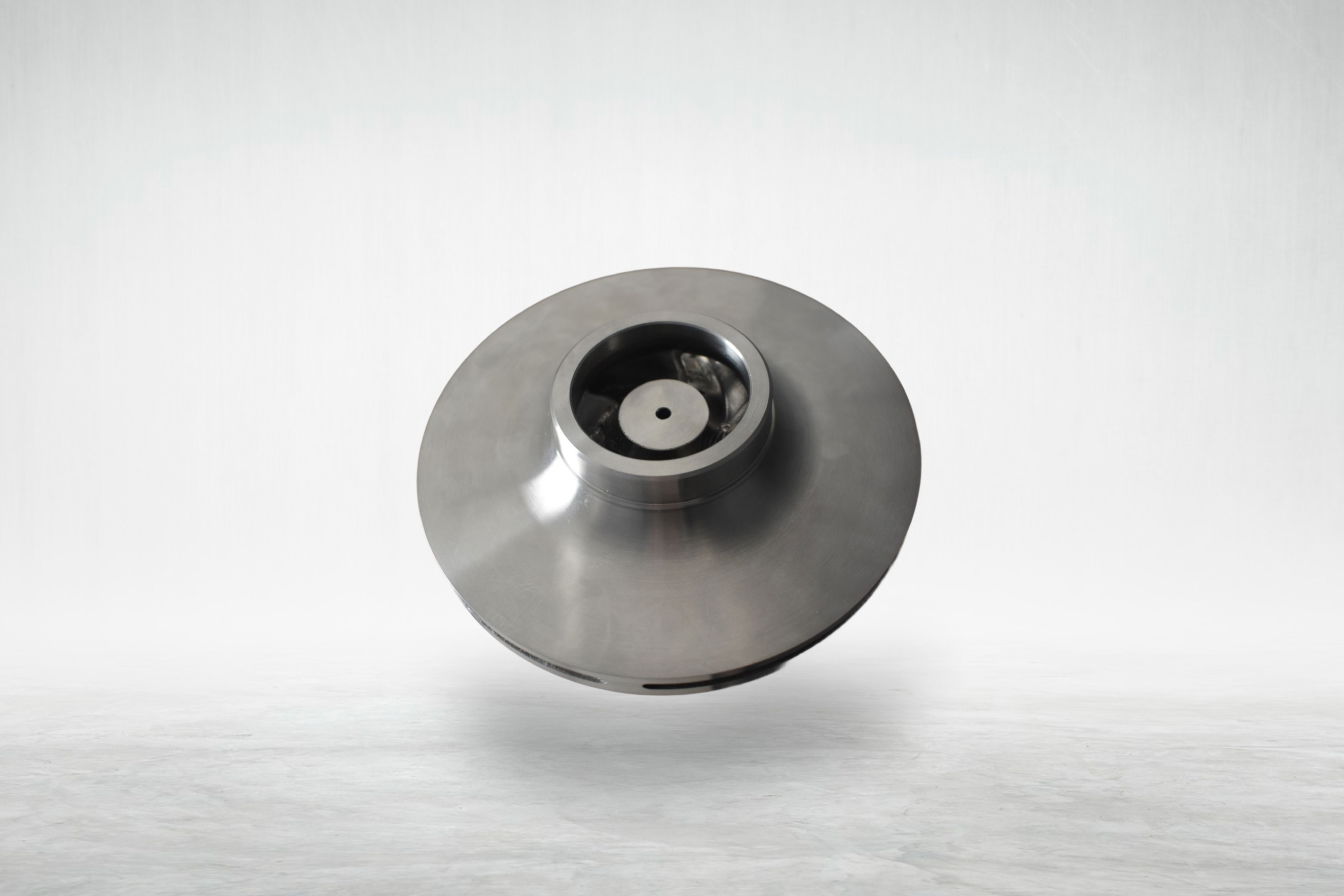
CATEGORY
space
MATERIAL
AlSi10Mg
Additive Manufacturing is reaching outer space. With increased effectiveness and maturity of space programs all over the world, leaders in the space community, are innovating, developing and iterating on multiple frontiers that lead to faster and cheaper deployment of payloads . The Wipro 3D has re-engineered, developed, and proved out flight-ready components in short “re-design to realize” lifecycles to meet such requirements.
Private space enterprises, state-run-space organizations, and other members of the space industrial ecosystems are replacing existing and conventional geometries, with designs using the freedom of design that Additive Manufacturing brings, leading to significant impact on performance. Components such as antennae, wave guides, brackets, thrusters, main oxidizer valves, combustion br chamber liners, and propellant injectors, are either in the prototyping stage or are actually flying.
About the Project
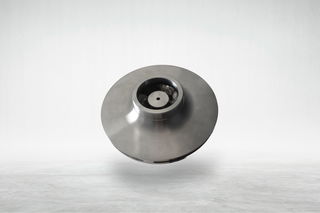
AM Competencies Used
Post Processing
Depending on the usage of single stage or multi stage build plan, different post processing operations were applied to achieve the required surface finishing the flow parts and dimensional pa tolerance and balance.
Build Technology
Wipro 3D has used a unique combination of complex orientation work outs, proprietary build strategies designed for features with no line of sight, custom parameters, and machine preparation to be able to realize this complex geometry as a monolith. Necessary methods to manage the thermal profile of the build, that has significant impact on dimensions, were deployed to achieve planned tolerances (as-built)

AM Value Addition

Functional Performance
Originally manufactured through investment casting, the Closed Impeller had unacceptable porosity levels. Wipro 3D realized the component with negligible porosity with the help of customized and coordinated pre and post build strategies.


